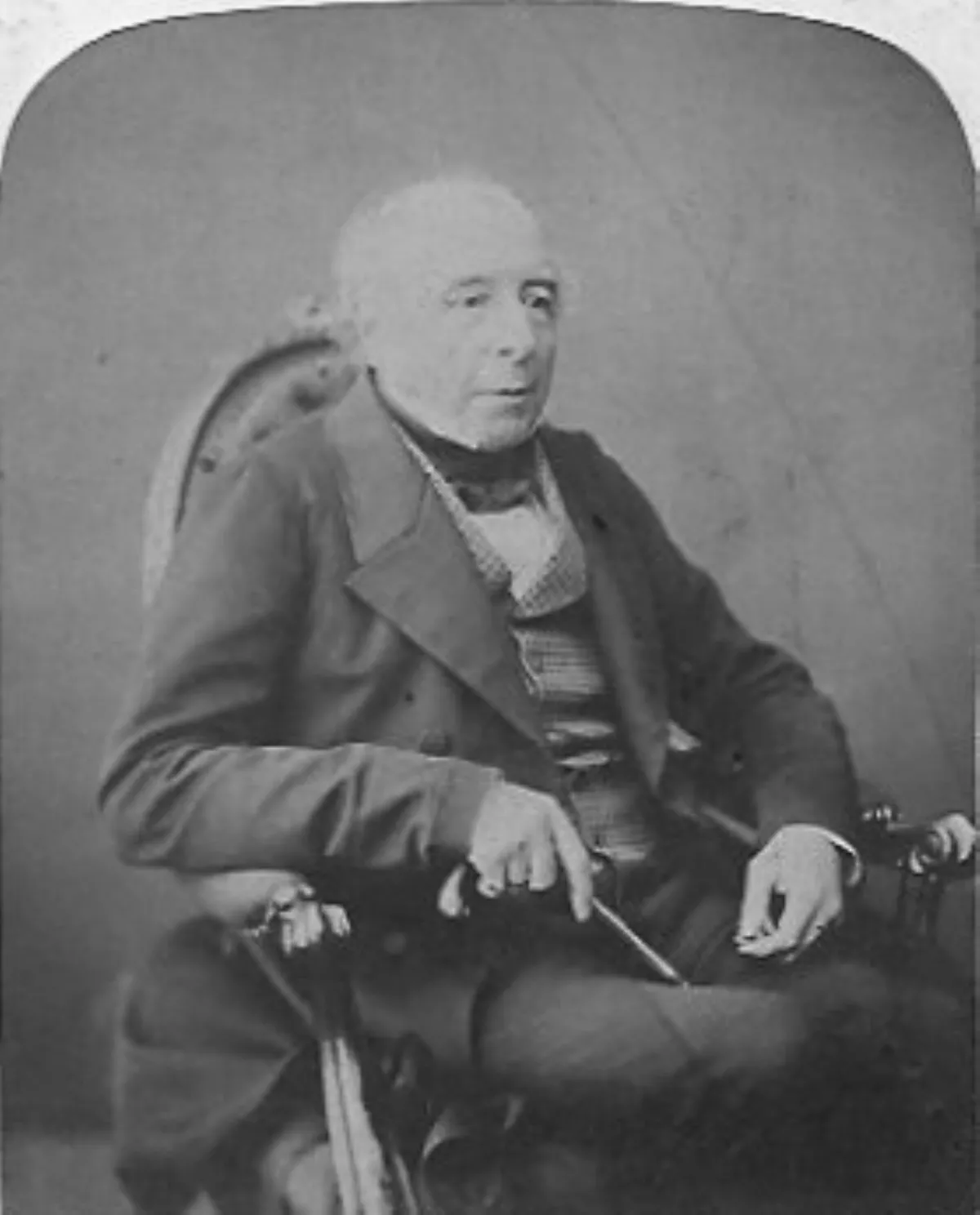 1.
1. Philip Hardwick was an English architect, particularly associated with railway stations and warehouses in London and elsewhere.

 1.
1. Philip Hardwick was an English architect, particularly associated with railway stations and warehouses in London and elsewhere.
Philip Hardwick was born at 9 Rathbone Place in Westminster, London.
Philip Hardwick was educated at Dr Barrow's school in Soho Square and trained as an architect under his father, Thomas Hardwick Jr.
Philip Hardwick entered the Royal Academy Schools in 1808 and then studied in France and Italy from 1815 to 1819.
In 1836, Philip Hardwick became architect to the London and Birmingham Railway.
Philip Hardwick built a great Doric propylaeum, which became known as the "Euston Arch", as an entrance to the railway's Euston Station.
For churches, Philip Hardwick used both the classical style, as at Christ Church, Cosway Street, Marylebone, and the Gothic, as at Holy Trinity, Bolton, St John's, Catford, and the Royal Garrison Church, Aldershot.
Philip Hardwick gained a reputation as a surveyor and was employed by the Westminster Bridge estates, the Portman London estate, Greenwich Hospital, and the estate of the 2nd Marquess of Salisbury.
Philip Hardwick was surveyor to Arthur Wellesley, 1st Duke of Wellington, and assisted Sir Francis Smith in designing Wellington Barracks next to Buckingham Palace in 1833.
Philip Hardwick was elected an associate of the Royal Academy in 1839, and became a Royal Academician in 1841.
Philip Hardwick married Julia Shaw in 1819, at St James's Church, Piccadilly.
Philip Hardwick had two sons, the eldest died of smallpox whilst still at Eton, the younger, Philip Charles Hardwick, was born in 1822 and trained as an architect under him.
Philip Hardwick's pupils included John Loughborough Pearson, Gothic revival architect of Truro Cathedral, Thomas Henry Wyatt, T Roger Smith, and Charles Locke Eastlake.